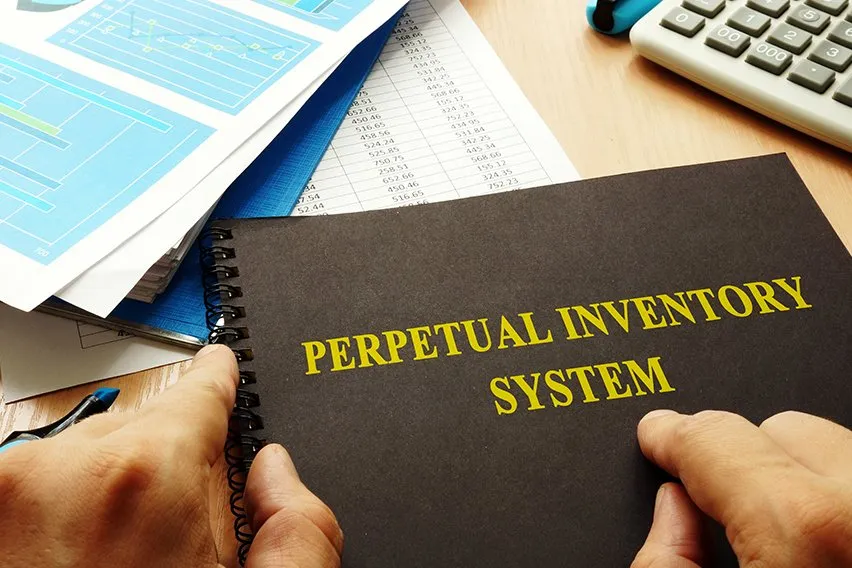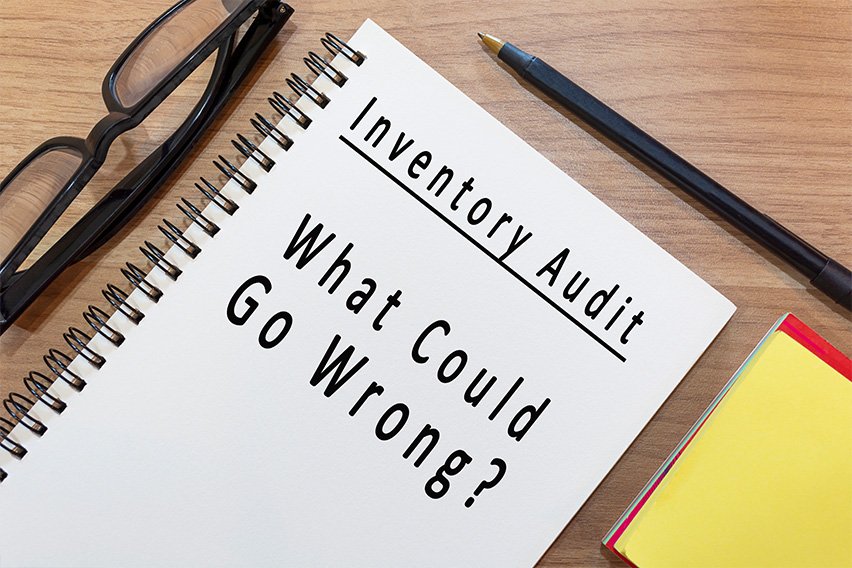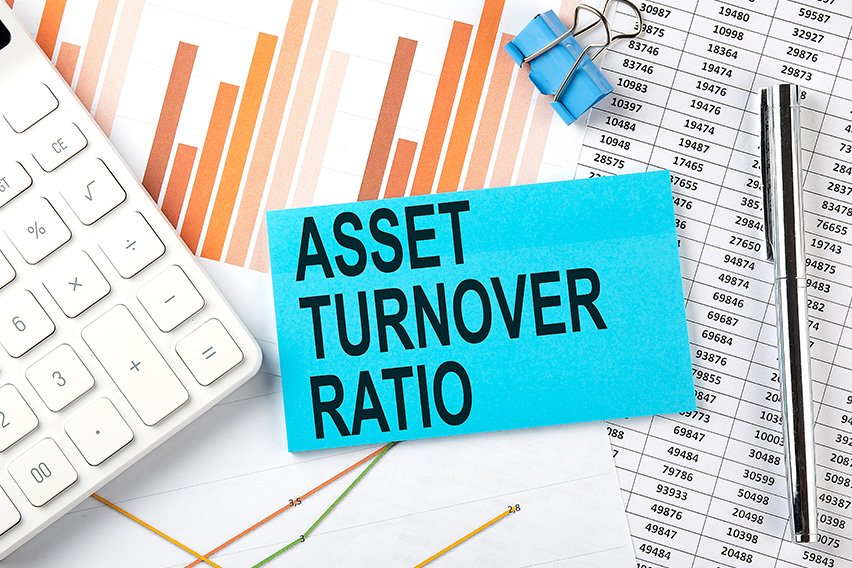What Is a Perpetual Inventory System?

The perpetual inventory system involves the continuous updating of inventory records. These updates include sales and purchases through computerized point-of-sale systems and enterprise asset management software.
This inventory management system provides a thorough view of inventory changes and allows for immediate tracking and reporting of the amount of inventory in stock.
Unlike the periodic inventory management system, the perpetual inventory management system precisely reflects the level of goods on hand. It is, therefore, the standard inventory tracking system used by businesses that maintain a large inventory.
What this article covers:
- How Do I Calculate Perpetual Inventory?
- What Are the Advantages of the Perpetual Inventory System?
- What Is the Difference Between a Perpetual Inventory System and a Periodic Inventory System?
- Is It Necessary to Take a Physical Inventory When Using the Perpetual Inventory System?

How Do I Calculate Perpetual Inventory?
Businesses that use the perpetual inventory system employ cycle counting to maintain the accuracy of records. This process counts a portion of the inventory every day and compares the quantity against inventory records.
To calculate inventory, you need to set up a system where every piece of inventory is entered into the system or deducted from it as it’s purchased or sold.
The system works best when the sales clerks and staff use point of sale terminals, wireless barcode scanners and perpetual inventory software to update the inventory quantities in the business’ central accounting database.
What Are the Advantages of the Perpetual Inventory System?
If your business revolves around continuous inventory management, using the perpetual inventory method offers a lot of advantages.
Accurate Financial Information
The perpetual inventory system provides up-to-date cost of goods sold. This gives stakeholders a clear picture of the profitability throughout the year. This is especially important if certain financial records have to be kept for banks and other lenders.
Uncovers Theft, Discrepancies and Shrinkage
Perpetual inventory system allows you to identify when the stock is running out and gives accurate information about inventory value and COGS. These allow you to investigate theft, discrepancies, shrinkage and even count errors immediately and adjust the records accordingly.
Provides Stock Value
With up-to-date reports about stock value and cost of product sold, the perpetual inventory management system prevents the accumulation of slow moving products. Under this system, the stock turnover ratio, which is the key measure for assessing the effectiveness of business owners in managing inventory, is calculated accurately. It gives business owners a more accurate picture of the customer preferences.
Management of Inventory
It can be difficult for small businesses to keep good track of the stock. In perpetual inventory systems, changes to stock quantities are recorded in real time. This helps owners run reports that may immediately identify goods that are running low or are about to run low and prevent stock-outs.
The downside of this is that the perpetual inventory management system is relatively difficult and more expensive to set up since you’d require investment in inventory software, computers and expertise.

What Is the Difference Between a Perpetual Inventory System and a Periodic Inventory System?
While the perpetual inventory system allows for immediate tracking of sales and inventory levels, under the periodic system, an occasional physical count, usually at the end of the period, is done to measure the level of inventory and the cost of goods sold.
Some other differences between the two systems are:
Purchases Account
The purchases account is only used in the periodic inventory system. In perpetual inventory system, purchases are directly debited to inventory account while purchase returns are directly credited to inventory account.
Cost of Goods Sold
Under the periodic inventory system, the cost of goods sold is calculated in a lump sum at the end of the reporting period, by adding total purchases to the beginning inventory and subtracting ending inventory while the perpetual system allows continual updates to the cost of goods sold account with each sale.
Sale Transactions
The perpetual inventory system records the sale value of inventory whereas the periodic inventory system records cost of goods sold. In the periodic inventory system, only one entry is made.
Closing Entries
These are only required in periodic inventory system to update inventory and cost of goods sold while the perpetual inventory system does not require closing entries for inventory account.
Tracking Errors
If you use the periodic inventory system, it’s difficult to track the accounting records for an inventory-related error as the information is aggregated at a very high level. On the other hand, the detailed record of transactions makes investigations easier in a perpetual inventory system.
The perpetual inventory system gives insight into your business from the ground up. It can help you run a leaner warehouse and provide essential input into other business functions.
The only reason businesses use the periodic inventory system is when they deal with high volumes of low-value products or when the amount of inventory is so small that a visual review is sufficient. Start-up businesses that cannot afford the cost of technology and training might also fall back on the periodic inventory system.
Is It Necessary to Take a Physical Inventory When Using the Perpetual Inventory System?
There are times when businesses using the perpetual inventory system may still choose to conduct a physical inventory count at the end of the year. This process involves manually counting each inventory item and comparing it to the quantity recorded in the inventory system.
After this, the business will investigate the quantity variances that can arise as a result of employee errors, theft or destruction.
The choice of the periodic or the perpetual inventory system depends on the nature of the business and the sophistication of the organization. Ideally, businesses that are larger and deal with high-value products may rely on perpetual inventory system that requires much more record keeping and is the more sophisticated of the two systems.
RELATED ARTICLES

 How to Calculate the Ending Inventory?
How to Calculate the Ending Inventory? What Is an Accounting Journal? Definition of Journal in Accounting
What Is an Accounting Journal? Definition of Journal in Accounting What Are Noncash Expenses? Meaning and Types
What Are Noncash Expenses? Meaning and Types 6 Types of Activity Ratios: Explained
6 Types of Activity Ratios: Explained Percentage of Completion Method Decoded
Percentage of Completion Method Decoded 9 Accounting Tips for Small Businesses
9 Accounting Tips for Small Businesses